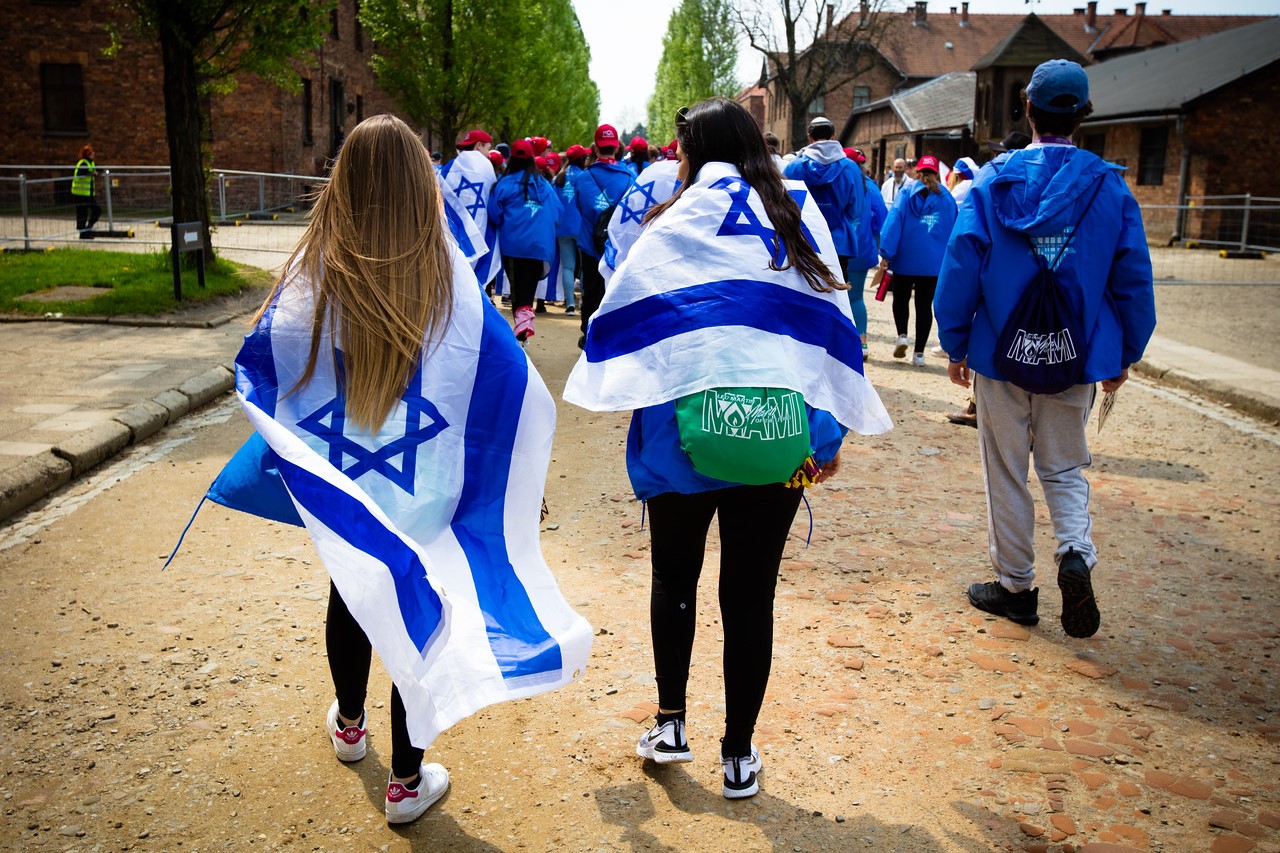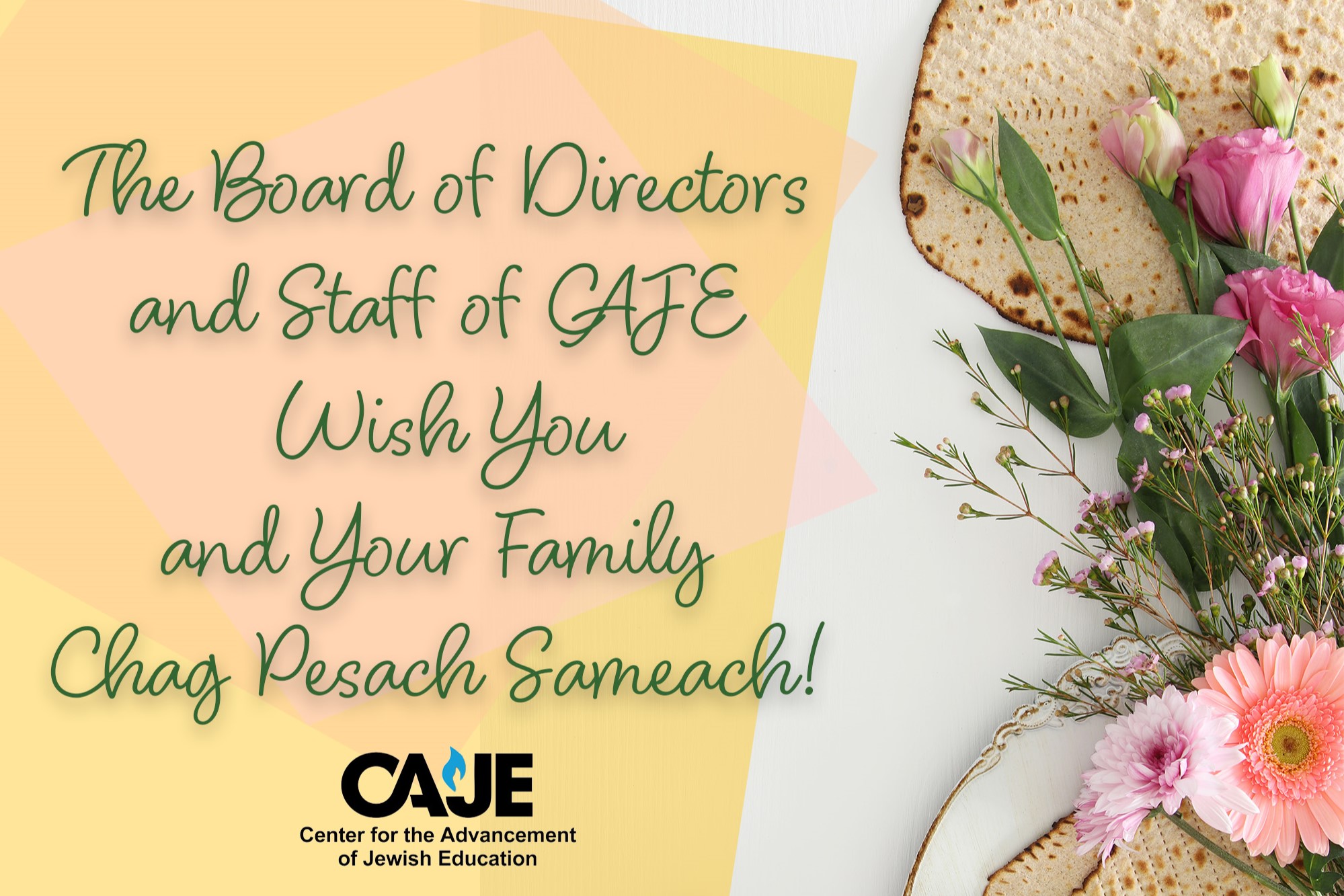The Ark of Our Lives


Photo by Mohamed Nohassi on Unsplash
When we teach our teens the history of antisemitism in preparation for the Leo Martin March of the Living, there’s a point when we get to the conspiracy theory known as the blood libel -- that Jews killed Christian children to use their blood to make their Pesach matzah.
And our teens think it’s absurd and cannot imagine how anyone could believe such a thing, especially given that Jews have traditionally gone to great lengths NOT to eat blood (the reason why we soak and salt all meat).
The first time this commandment not to eat blood appears in this week’s parsha -- “You must not, eat flesh with its life-blood in it” (Bereisheet / Genesis 9:4) and is repeated many more times throughout the Torah.
Sadly, I predict that this year our teens will be less shocked and surprised by antisemitic conspiracy theories than in years past.
They, and we, are seeing it in the news, in social media, among seemingly rational, educated people who are convinced that Israel / Zionism / Jews…
We are living in dark and dangerous times, but as always, our tradition has much to teach us about how to navigate.
First, we must recognize that we will all be toggling between our need to go out and impact the world and our need to regroup and strengthen ourselves internally. It cannot be solely one or the other.
The following is an edited extract which was first published on aish.com from Rabbi Warren Goldstein, Chief Rabbi of South Africa, about how we can do that.
This need to find a balance between our inward and outward selves is a lesson we can derive from this week’s Torah portion, named for its chief protagonist, Noah.
Because the Ark that Noah was commanded to build took 120 years to finish, commentators wonder what transpired during all those many years.
The building of the Ark was a giant, eye-catching spectacle — and therefore an immediate conversation starter. It was something that might prompt all kinds of questions from people everywhere — the most obvious being: “Noah, what are you doing, and why are you doing it?”
And so the Ark was an elaborate communications platform from which Noah could engage with the world around him, encouraging people to return to their best selves and to mend a society that had become shockingly violent and corrupt.
Rashi notes that knowing how long the Ark would take to build, God was giving everybody a chance to repent and reverse the possible destruction of the world.
In the end, society remained as it was, and people did not grasp the opportunity the Ark provided.
Rav Mordechai Gifter claims that the Ark’s higher purpose was to create an environment pervaded with chessed / loving-kindness.
Think of the sheer scale that was needed to feed, clean and care for so many animals! And there weren’t many people to share the load.
Rav Gifter explains that contained within the Ark was the kernel of the new human society that was to be established after the flood.
Indeed, he says this value of loving-kindness is the foundation of any flourishing human society, and that God wanted to begin the new civilization based on the kindness they had learned in the Ark.
Two Dimensions
Let’s reflect for a moment on these two approaches to the Ark — those of Rashi and Rav Gifter.
According to Rashi, the Ark was essentially a platform to reach out to and engage with the world.
For Rav Gifter, the Ark was an opportunity to look inwards, to build strength of character from within.
These two dimensions, the outer and inner, are in fact reflected in the different mitzvot / commandments or practices we perform.
We have mitzvot that are reflective and self-replenishing — prayer, for example, in which we turn inward, reconnecting with God and with our own spiritual essence.
Learning Torah is another example in which we use our minds to understand the world from God’s perspective and realign the way we think about and relate to our world.
In many ways, Shabbat is another internal mitzvah — a day in which we withdraw from the world in a certain sense and replenish our inner reserves; deep, spiritual “quiet time” that refreshes and reinvigorates us.
These are all acts of withdrawal and renewal — of intellectual, emotional and spiritual replenishment.
Through performing these mitzvot, we are essentially creating an Ark for ourselves.
And we also have mitzvot that are outward-looking, which require us to engage with the people and the world around us. Most of the mitzvot “bein adam l’chaveiro / between one person and another” fall into this category.
We are tasked with reaching out to others, as the Talmud explains, to comfort mourners, visit the sick, bury the dead, cloth the naked.
There is the mitzvah of tzedakah, which is about reaching out to the poor and providing them with the support they need to face life’s challenges.
There is the mitzvah to establish all of the civil institutions necessary to uphold justice and establish a functional society.
And so we have this dual dynamic — in-reach and outreach, inner replenishment and external influence.
A Midrash on our parsha quotes the well-known verse from Kohelet / Ecclesiastes: “There is a season for everything, and there is a time for everything under the heaven.”
In the context of what we have discussed, it means that there was a time to replenish, to nourish, to realign with God’s values, and there was a time to go out and rebuild human civilization.
In so many words, the Midrash says there is a time to “enter the Ark” and there is a time to “exit the Ark.”
In fact, every day of our lives, we enter the Ark and we exit the Ark.
We enter the Ark when we enter a synagogue, or a place for study, or even our homes, when we take in Shabbat and enter a haven of stillness and rest.
Inside the Ark, we replenish and realign, and then — drawing on this renewed energy, on this renewed clarity and realignment — we emerge to impact, to influence, to engage with the world around us, making it into a better place.
Finding that balance — being attuned to our two modes of existence — is the key to living a meaningful life.
Shabbat Shalom




